Tools For Plotting Your Story
By Chris Jorgensen
Let’s pick a topic that everyone knows we need, yet everyone I’ve ever met who wants to write or does write has run into trouble with. Plotting. Now, this is by no means a perfect “how-to,” as I don’t believe there is an ideal anything when it comes to learning, but a couple of things to know as a means to help. Basically, I am giving you a tool, and it is up to you to determine if the said tool is appropriate for the job you have. So with that in mind, let’s discuss:
Tools for Plotting Your Story
Let’s look at it like this. Plotting is how you get to choose the fundamental thoughts that are going to be running through your readers’ heads. These are the promises made by you, the author, that you intend to hold to convey your story properly.
So what do I mean by “promises?” (boy howdy I’m using a lot of quote marks this article…) So what do I mean by promises? Well, these are the couple word phrases that are going to dictate what your story is about. For instance, it could be as simple as: “Kids fighting monsters.” Keep it simple. These are the basic promises, remember. So this is part of what you are giving your audience, you are going to be constant in these promises.
(more parenthesis, there are instances where you want a “twist” ending, or what you’ve been reading the whole time is not what it appears. These can be done, but be aware that you run a risk of losing readers if this isn’t executed properly. I’ve set down my fair share of books which have not prepared well enough for that sort of thing.)
So, we have our promises. Now, let’s tie that into the tool I use when I go about planning my story. I use brackets. So let’s use the previous example and add some bits to it.
[Kids fight monsters [post apocalyptic [monster army [monster raids [twist]]]] kids find new home]
There we go, something simplified like this can give you a fundamental skeletal structure to look towards when writing. And of course, that could be expanded to add romances, betrayals, trials, etc. I use it as a straightforward reference point for me to look to make sure I am not adding too much or getting sidetrack while I am developing the story. This can be done on the book as a whole or a chapter by chapter basis. Even if it has only one bracket per chapter, if it has some way to adhere to your promises and develop your story along, it can still be useful. So break it down as a massive flow chart if you need it.
So, a few necessary tools to help you along in your planning phases, and a neat way to help you stay on task. Well, give it a try and see how it works for you.
Learn more about the essentials of writing through fairytale and fable.
Chris Jorgensen is a writer of the Editing Mee team. Chris is often described as an amalgamation of too many things for his own good. Writer, musician, academic, book collector, scavenger, and soon one of the authors of our Collective Darkness Anthology.
Want to learn more? Check out the book below. It offers helpful tips for plotting your story. Then when you're ready for an editor, hire us.




